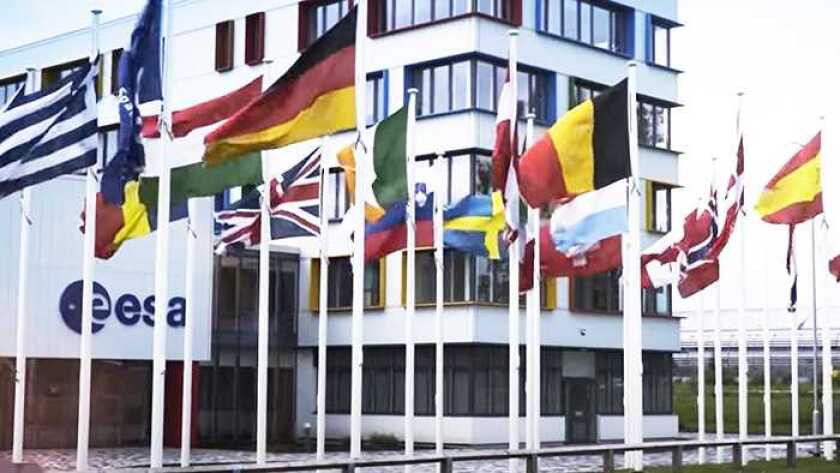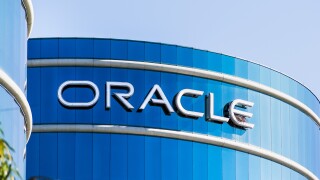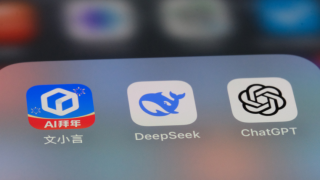The experiment was completed between a 5G/6G hub operated by the European Space Agency (ESA) and a lab for the development of driverless car technology, owned by Darwin Innovation Group, in which Telefónica is a partner.
The video call was completed via a connection between the ESA and the Darwin networks. Both are based in the UK research centre at Harwell, 20km south of Oxford.
The ESA uses networks provided by satellite operators Avanti and Eutelsat, with Darwin using Hispasat’s channels. Hispasat, like Telefónica, is a partner in the Darwin group – as are the ESA and the UK Space Agency.
The aim of the project is to demonstrate how continuous connectivity can be maintained while rapidly shifting between satellite and ground channels: something particularly important for connected vehicles. Darwin runs its own autonomous shuttle around the grounds of the Harwell campus.
In the trial, the ESA and Darwin switched repeatedly between terrestrial and satellite networks to test the quality of the connection over several different configurations.
Darwin used its ubiquitous communications technology to automatically shift to the channel that was available, with the ESA manually switching between networks.
At points, the call passed through two satellite networks before arriving at its destination, travelling some 140,000km from one part of Harwell to another.
A high-quality connection was maintained throughout the 5G test, said the participants.
Antonio Franchi, head of ESA’s 5G/6G strategic programme, said: “ESA is collaborating with its industrial partners to promote the 5G digital transformation. We are proud to have worked with Darwin to complete an experiment that demonstrates the seamless connectivity delivered by integrated 5G and satellite networks.”
For the next stage, the ESA and Darwin are now planning on experimenting by remotely controlling vehicles over different network configurations.






